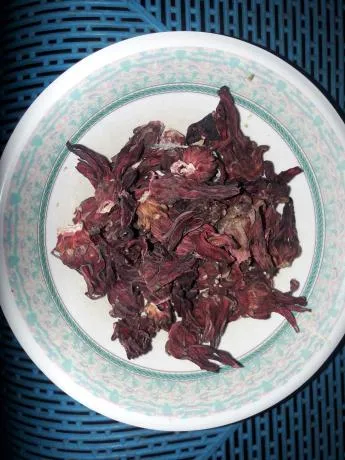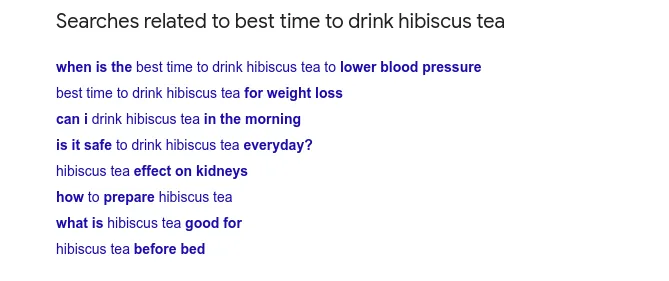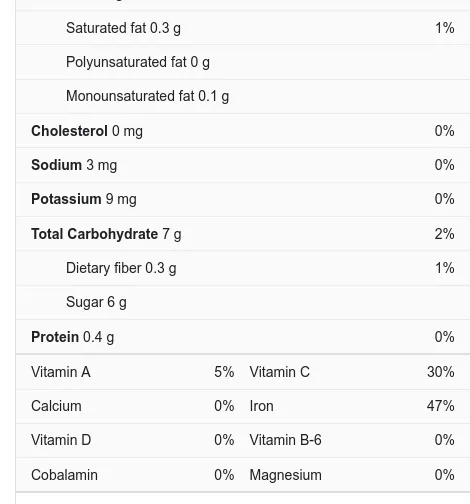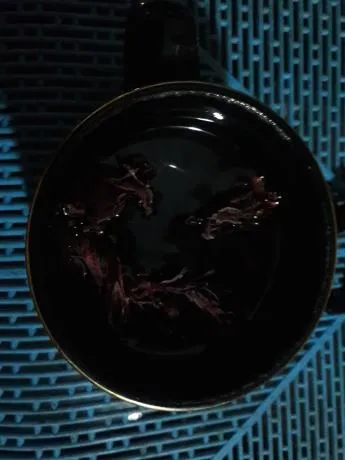Hibiscus tea is made by steeping some dried roselle calyces or known as Hibiscus sabdariffa native to some region in Africa and Asia especially, South East Asia in a hot water for 5 minutes until the water turns red. It has refreshing tart cranberry-like flavor. In some countries these drinks are served cold instead hot.


Searches related to Hibiscus tea
 |  |  |
source Medindia Nutrition Facts Beverages Hibiscus tea
These searches may indicate general people's interest with the tea and some benefits that people seek from this tea. Many blog posts claim that Hibiscus tea contains higher antioxidants. But take everything with a grain of salt. However, if you want to read journal and meta journals about the tea, there are some entries on NCBI NIH like this one that talks about Hibiscus tea for treament of the treatment of hypertension and hyperlipidemia https://www.ncbi.nlm.nih.gov/pmc/articles/PMC3593772/. You'll also need to keep in mind if you have diabetes and other health conditions. Before taking this tea, it is best to consult with your healthcare provider. As according to Webmd, this hibiscus may cause liver damage, lowering effectiveness of malaria drugs, and allergy.
Preparation

The preparation of this tea is pretty simple. Take 5 dried dried roselle calyces leaves. Steep it inside a hot water for 5 minutes. Take out the leaves and enjoy while it's hot. You can also serve it cold like in some countries. However keep in mind not to add sugar to this healthy drink.

Note from Mac
I was shopping some dried leaves tea at the supermarket. I spotted some teas which I will be reviewing in my blog. Besides Hibiscus, I also got senna which works as laxatives. Today, before bed I took this hibiscus in hope that I can fall asleep easily. I think this plan is starting to work. Maybe it's placebo maybe it's not. But given that I had three cups of coffee today, I already feel so sleepy and tired. So, that's all from me today. Let me know your experience drinking this in the comment section.

